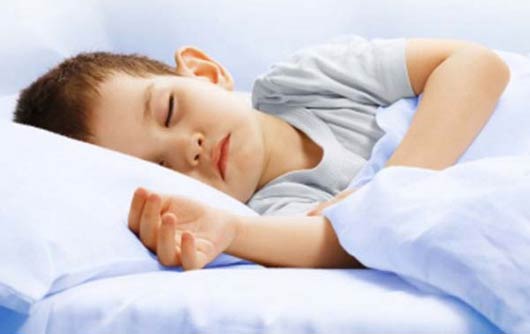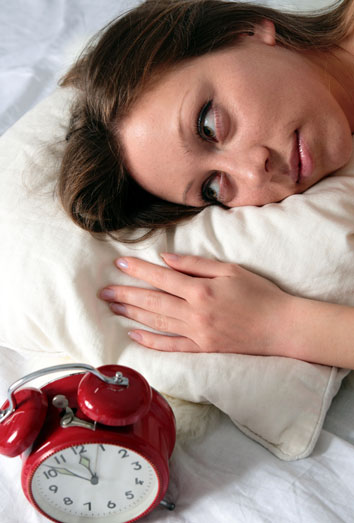Sleepwalking is a very common sleep disorder in childhood. It is estimated that between 10 and 30% of children suffer from it. Statistically, it is more common in boys than in girls, and mainly between the ages of 4 and 6. However, it is not worrisome for an older child to have sleepwalking episodes. When this happens, it is normal for it to disappear in adolescence. Rarely, this sleep disorder continues into adulthood.
- Sleepwalking episodes occur during the first hours of the night, in the shallow stage of sleep. Its symptoms are clear and decisive. However, do not panic, with a few precautionary measures you can control the situation without problem. What are the symptoms of insomnia? The most common is sitting up in bed and even getting up and walking aimlessly. Sleepwalkers also tend to keep their eyes wide open, staring at one point but with an absent facial expression. Remember that although it appears otherwise, the child is completely asleep and is not aware of his movements. In fact, the next day he won’t remember his little overnight excursion. Many sleepwalkers whisper or speak incomprehensible words, yet rarely hear or understand what is being said. The normal thing is that they pass by our side, ignoring us.
- What can we do then if our son is sleepwalking? The most important thing is to try to create a safe and risk-free environment around you. Avoid having furniture or objects that he can trip over or hit and, of course, close doors and windows so that he cannot leave the home. Keep in mind that the movements of sleepwalking children are much uncoordinated, so it is practically impossible for this to happen.
- Finally, do not try to wake the child, take him carefully to the bed and put him back to bed, little by little, without forcing him.






